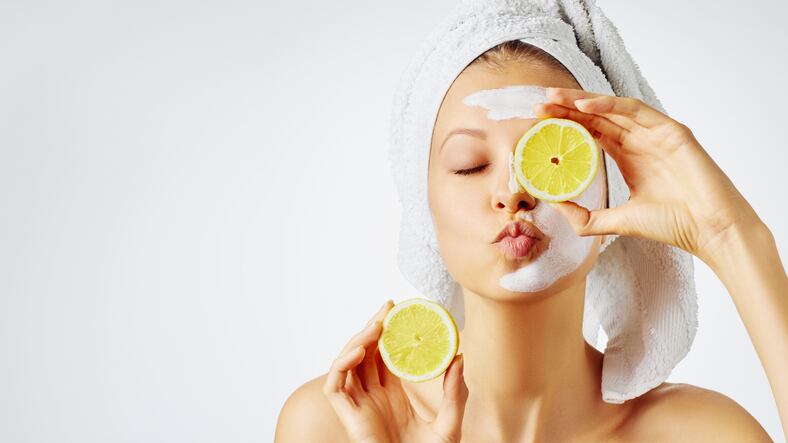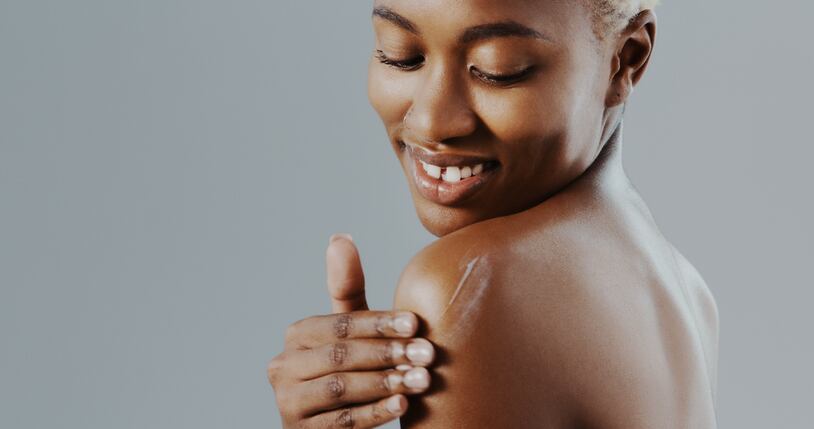Founded in 2018 as a consumer education platform, MyMicrobiome had since evolved into a certification body and microbiome R&D consultancy firm. Offering ‘microbiome friendly’ certifications across a range of final beauty products and ingredients, as well as R&D services, the company was now eyeing rapid expansion as the microbiome movement continued its boom.
“We have a vision which is a better microbiome-friendly world all over,” said Dr Kristin Neumann, co-founder, CEO and scientific director of MyMicrobiome.
“We’re starting with cosmetics and we ideally would like to have the whole cosmetics industry moving towards being microbiome-friendly – that would be one ideal thing,” she told CosmeticsDesign-Europe at last month’s in-Cosmetics Global tradeshow in Paris.
The longer-term goal of MyMicrobiome, she said, was to test and certify products across a range of categories – the likes of supplements and food for gut claims but also textiles. “We want to expand. We don’t want to only be a cosmetics certifier; we want to be a microbiome certifier.”
Industry needs to compile ‘data which are meaningful’
But, before the company edged into other categories, there remained plenty to be done in beauty, from an industry and consumer education standpoint but also in terms of accumulating enough data to back up claims, Neumann said.
Industry had to “really do their homework”, she said, and conduct adequate testing to collect “data which are meaningful”.
Currently, parts of industry were working hard on the science behind microbiome claims, she said, but there remained too many suppliers claiming ingredients were microbiome balancing or restoring without any data behind those claims.
“It’s a trend and everyone is realising that, and they want to jump on that trend and be with it. But I just hope that the science is still with it.”
In vitro testing for standardised results in a controlled environment
MyMicrobiome, Neumann said, certified final products and ingredients via an in vitro testing model versus in vivo, to ensure results were “standardised” and obtained in a “controlled environment”.
The company tested products against a selection of key, dominant microbes, identified because they should be present on all adult skin irrespective of ethnicity, genetics, geographies and living environment, albeit in different ratios, she said. And importantly, she said microbe models had been developed for different body parts, including face, body and underarm, though the latter was still in development. “We have different body sites with different ecosystems. We have different key species on every body site and we can actually take them, cultivate them in the lab and bring them together with the products and see if the product is having an impact on those in vitro or not.”
“…From a microbiologist point of view, it’s very logical that if you have in vitro tests, you have the direct impact – you have the direct contact of the microbes with the product –
and if there’s nothing happening there in the in vitro test, then you can be very sure that on the skin there will be nothing happening either,” she said.
Neumann said that whilst in vitro testing differed from the in vivo work preferred by the cosmetics industry, lab testing was critical when working in the microbiome space because it was “just so complicated”. In vivo testing could be valuable, however, when the endpoint or target was clear – testing products designed to improve skin conditions like eczema, for example – though it still required a “very large, long-term study”, she said.
‘You will always have to test the final formulation’
So, what about certified ingredients that were blended into formulations with other ingredients? MyMicrobiome certified individual ingredients, she said, but suppliers could only claim ‘microbiome-friendly’ on that individual ingredient at the concentration tested. If this ingredient was integrated into a formulation, the claim could not be transferred, she said.
“You will always have to test the final formulation in the end,” she said. “…We were actually not planning on certifying ingredients, but we had ingredient suppliers approaching us.”
Considering the microbiome beauty category more broadly, Neumann said there was plenty going on at ingredient and manufacturer level, with strong movement in scalp care, acne, eczema, ageing skin and baby care.
Interestingly, she said the latter trend was evolving fast but required different testing because key microbes found on baby skin differed from adult skin. There was also no microbe differentiation across body sites until around the age of three, she said, demonstrating what a “vulnerable time” it was for the skin.
Earlier this year, experts in the microbiome field said rising consumer interest for skin-friendly products was fuelling demand for testing and claim validation in beauty and personal care, driving opportunities for both in vitro and in vivo testing.




